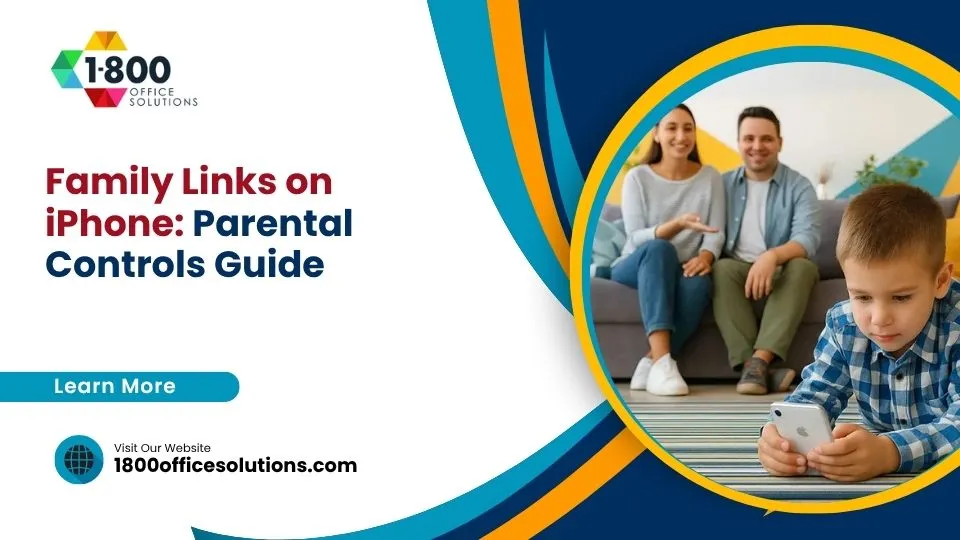The Impact of Mental Health Apps on Corporate Culture Transformation
Workplace stress has become a pressing concern, with nearly 80% of employees reporting stress-related challenges in their jobs. At the same time, mental health apps are revolutionizing how companies approach employees’ digital wellness, offering innovative solutions that fit seamlessly into the modern workplace.
Studies show that organizations implementing mental health apps have witnessed a remarkable 60% increase in employee engagement and productivity. These digital tools aren’t just transforming individual well-being — they’re reshaping entire workplace cultures by breaking down stigmas and making mental health support accessible to everyone. From scheduled mindfulness breaks to stress management resources, these apps are helping create environments where employees can truly thrive while positively impacting their company’s bottom line.
Digital Mental Health Evolution
The digital mental health market encompasses over 10,000 wellness apps, and organizations keep their commitment to digital mental health solutions. The reason is that they achieve real, lasting results that can be seen from workers’ performance and retention.
| Performance Indicator | Impact |
| Employee engagement | +60% |
| Resource utilization | +55% |
| Mental health awareness | +65% |
| Program participation | +48% |
Moreover, early adopters of the top mental health apps report the following improvements observed in employees:
- Reduced mental health stigma.
- Increased employee satisfaction.
- Improved work-life balance.
- Enhanced team communication.
- Greater workplace resilience.
Corporate Wellness Program Integration
Digital mental health platforms integrate into existing corporate wellness frameworks through:
- Cloud-based solutions connecting benefits management systems.
- Mobile apps providing immediate access to mental health resources.
- Data analytics tools measuring program effectiveness.
- Virtual therapy platforms enabling confidential support.
- Mindfulness applications supporting stress management.

Corporate Implementation Strategy: Step-By-Step Integration Guide
An integration of mental wellness solutions may seem grueling, but if they employ robust and modern technology, it usually goes smoothly. For example, it takes only 6 steps to integrate solutions like the HeyZen mental health appinto the workflow:
1. Assessment Phase
Digital wellness integration starts with a comprehensive evaluation of existing systems. Organizations that conduct thorough assessments report around 70% higher adoption rates. So, create an implementation checklist including:
- Map current wellness programs.
- Identify technology gaps.
- Document employee preferences.
- Analyze IT infrastructure requirements.
- Review data security protocols.
2. Stakeholder Engagement
Employee participation drives successful mental health app integration. Organizations achieve 65% higher engagement through:
- Forming cross-functional implementation teams.
- Setting clear communication channels.
- Establishing feedback mechanisms.
- Creating user focus groups.
- Developing training protocols.
3. Technical Integration
To ensure seamless technology integration, remember about systematic implementation. So, follow these technical steps:
- Configure single sign-on access.
- Set up data encryption protocols.
- Establish API connections.
- Test system compatibility.
- Enable analytics tracking.
4. Roll-Out Strategy
A phased implementation approach increases success rates by 45%. So, try to structure the roll-out through the following phases:
| Phase | Duration | Key Activities | Success Rate |
| Pilot | 4 weeks | Testing with select groups | 85% |
| Beta | 6 weeks | Limited release | 75% |
| Full Launch | 8 weeks | Company-wide deployment | 70% |
5. Monitoring & Optimization
Remember to track implementation metrics to ensure optimal performance:
- Monitor usage patterns.
- Track engagement rates.
- Measure adoption metrics.
- Analyze user feedback.
- Document technical issues.
6. Compliance & Security
Don’t forget that mental health apps process employees’ private data, so ensure only modern data protection standards through:
- Regular security audits.
- Privacy compliance checks.
- User permission controls.
- Data encryption verification.
- Access monitoring protocols.
Budget Considerations and ROI Calculations
Initial Investment Breakdown
Mental health app implementations require specific budget allocations across multiple areas:
- Platform licensing: $15-50 per employee monthly.
- Implementation costs: $5,000-25,000 for enterprise-wide setup.
- Training resources: $2,500-10,000 for staff onboarding.
- Technical support: $1,000-5,000 monthly maintenance.
- Data security measures: $3,000-15,000 annual compliance costs.
Cost-Benefit Analysis Metrics
| Metric | Average Impact |
| Healthcare cost reduction | 25-35% |
| Absenteeism decrease | 40-50% |
| Productivity increase | 35-45% |
| Employee retention improvement | 30-40% |
| Workers comp claims reduction | 20-30% |
Direct Cost Savings
Organizations implementing mental health apps experience measurable financial benefits:
- Reduced therapy costs through virtual sessions ($50-200 savings per session).
- Decreased insurance premiums (15-25% annual reduction).
- Lower recruitment costs from improved retention ($3,000-7,000 per retained employee).
- Minimized productivity losses ($2,500-5,000 per employee annually).
- Reduced disability claims (20-30% decrease in mental health-related claims).
Best Practices for Program Success
Organizations that rely on strategic planning report 85% higher engagement rates than ad-hoc implementations.
Employee Onboarding Strategies
Digital wellness program onboarding starts with a personalized welcome sequence connecting employees to relevant mental health resources. So, create targeted user segments based on roles, departments, or stress levels to deliver customized content pathways. You can also implement a phased 30-60-90 day activation plan including:
- Schedule orientation sessions in groups of 15-20 employees.
- Provide step-by-step video tutorials for under 3 minutes each.
- Set up peer champions across departments as local support contacts.
- Configure automated check-in messages on days 7, 30, and 60.
Creating Engagement Incentives
Engagement programs boost active participation rates by 73% through structured reward systems. Key incentives may include:
- Award wellness points for completing mental health assessments.
- Offer premium app features access based on usage milestones.
- Provide health savings account contributions for regular engagement.
- Create team challenges with department-level recognition.
- Give extra PTO hours for achieving wellness goals.
Progress Tracking Methods
Data-driven progress monitoring enables 64% better outcomes through targeted interventions. Essential tracking components include:
- Weekly usage analytics dashboards for program administrators.
- Monthly engagement rate comparisons across departments.
- Quarterly mental wellness score trending reports.
- Anonymous feedback collection through in-app surveys.
- ROI measurement using preset behavioral health metrics.
- Designate mental health champions in each business unit.
- Schedule monthly peer support group sessions.
- Create dedicated communication channels for wellness discussions.
- Train managers on recognizing mental health warning signs.
- Establish clear escalation protocols for crisis situations.
10,000+ Digital Mental Health Apps Transforming Workplace ProductivityConclusion
Mental health apps aren’t just tools — they’re essential components of modern corporate wellness strategies. With proper implementation, robust privacy measures, and strategic planning, these digital platforms will continue to shape healthier and much more resilient workplace cultures. This, in turn, will bring measurable results for the companies’ growth.











